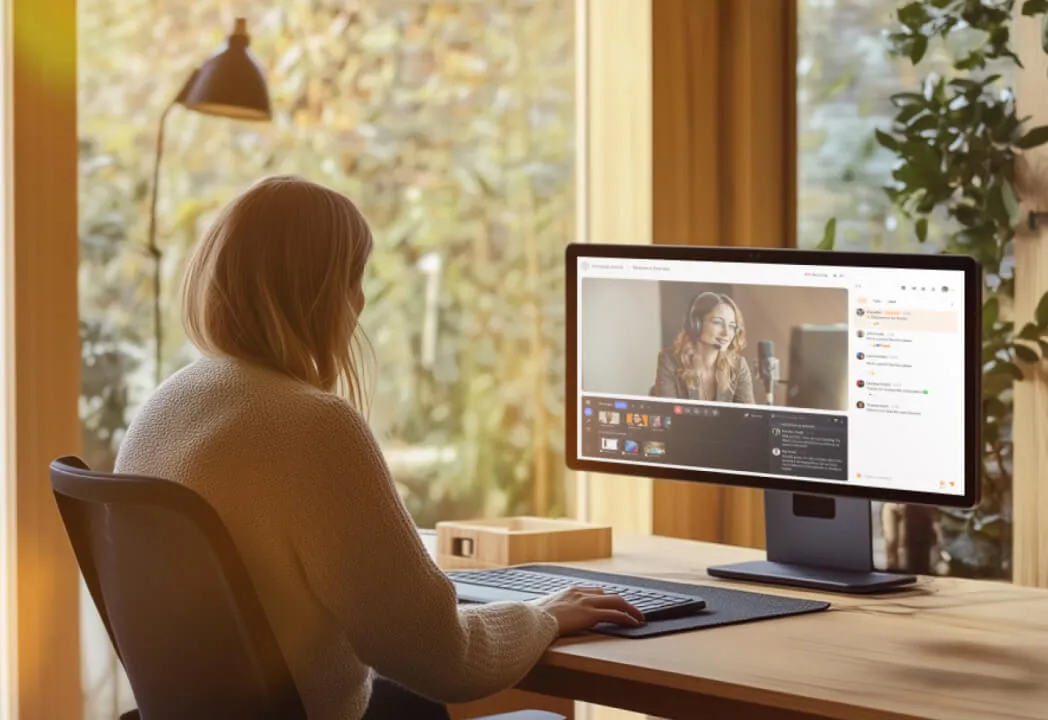
Discover how Trojan Recruitment Group is ensuring every call is answered – even after hours – with RingCentral. Trojan also plans to leverage RingCentral’s AI capabilities for future business innovations.


One great benefit of RingCentral is that our field technicians can now more reliably reach customers, because even if they’re calling from their own cell phone, it always shows up as an Advantage business number. That’s definitely helping us improve our customer experience.
Here’s an example of why RingCentral is a game-changer for us. A customer had an HVAC issue, and I gave her my direct number, which I can access anywhere with my RingCentral mobile app. She texted me some key info at 8pm. I was able to text right back, and we solved the problem. That customer doesn’t have my personal number, but she knows the Advantage team is responsive anytime, anywhere. That’s the type of service that keeps us growing.
Our field techs are also using RingCentral’s built-in team messaging feature to improve their work. When they’re at a jobsite, they’ll take pictures of the problem AC unit or plumbing fixture and send those pics to the office using the messaging app. That way, we can work up a quote for the job in real-time, which they can give to the customer right then.
RingCentral is saving us money, helping our techs be more efficient in the field, and letting us deliver better service to our customers. Overall, a pretty good investment, I’d say.









